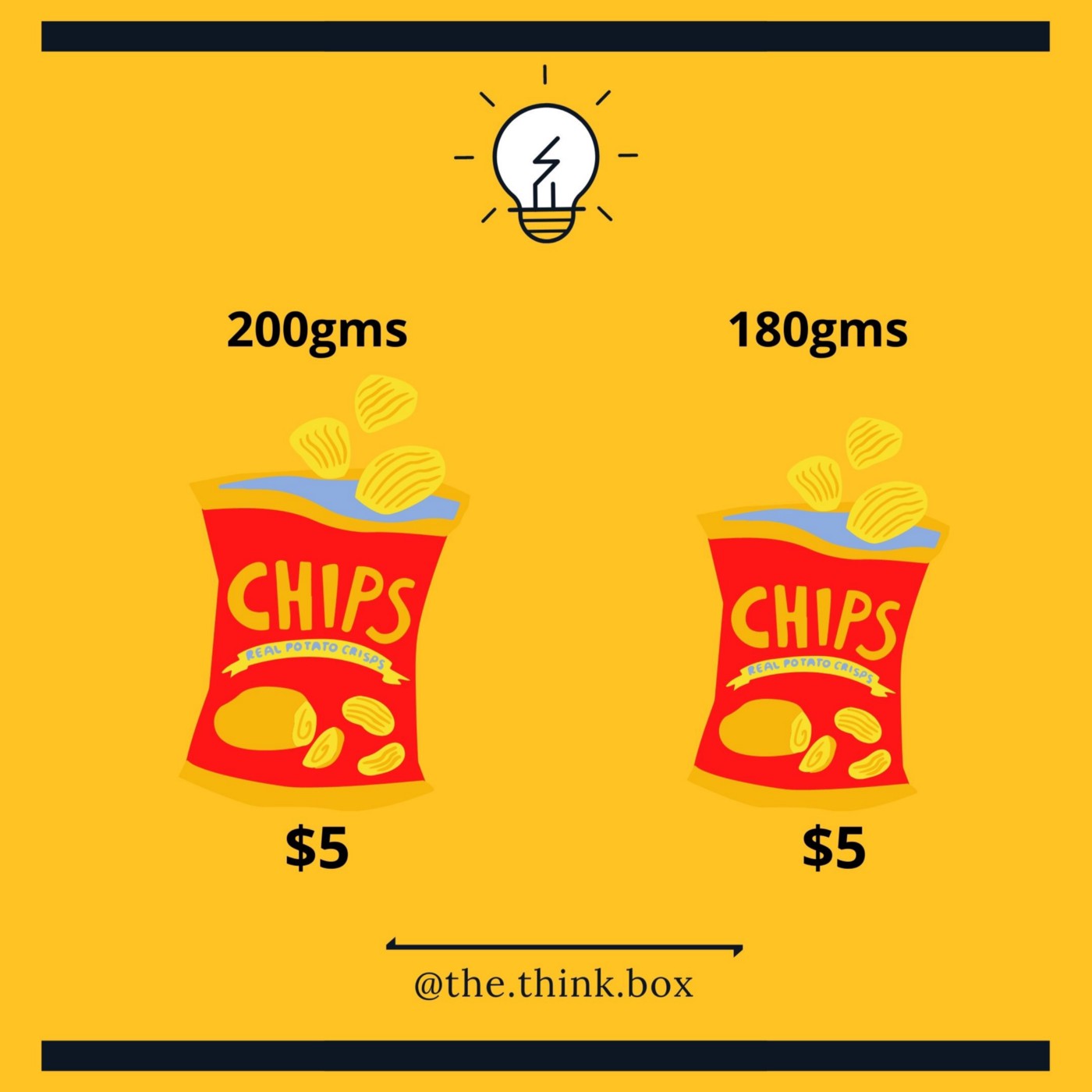Reference
The Taliban regime in Afghanistan has said that it would protect the ancient Buddha statues in Mes Aynak (Bamiyan), which is also the site of a copper mine.
Previously, the hardline Islamist Taliban wanted to bring down the Bamiyan Buddhas what they saw as symbols of idol worship.
Taliban’s apparent change of heart over the Mes Aynak statues seems to be driven by economic interests, with the regime in desperate need of the income Chinese investment in the copper mines could generate.
Reference
Reference
Companies use a Price Pack Purchase (PPP) model to determine how to target products in specific channels for the right prices.

Reference
The University Grants Commission (UGC) issued a public notice on the proposed Common University Entrance Test (CUET), for which application forms will be available in the first week of April 2022.
Reference